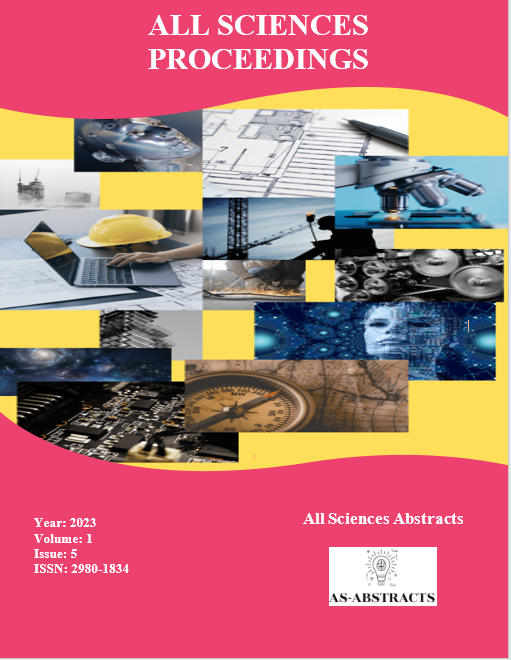Real-Time Obstacle Detection in 3D Environments Using P300-based EEG Signals
DOI:
https://doi.org/10.59287/as-abstracts.1427Keywords:
Obstacle Detection, P300, EEG Signals, Brain-Computer Interface, Robotics, Common Spatial Pattern, Real-Time, Human-Robot InteractionAbstract
The research introduces a new system for obstacle detection in 3D spaces using P300 eventrelated potential from EEG signals. By incorporating brain-computer interfaces with robotics, this method enhances intuitive human-robot interaction. The system utilizes the Common Spatial Pattern (CSP) algorithm to identify distinct EEG features, improving the safety and adaptability of robots. Tested in a custom 3D simulation environment, the system demonstrated high accuracy and real-time performance, indicating its potential for applications like autonomous navigation and assistive robotics. This study represents a significant step in robotics and brain-computer interfaces, fostering a more natural user interface and propelling advancements in the field.
Downloads
Published
How to Cite
Issue
Section
License
Copyright (c) 2023 All Sciences Abstracts

This work is licensed under a Creative Commons Attribution 4.0 International License.


